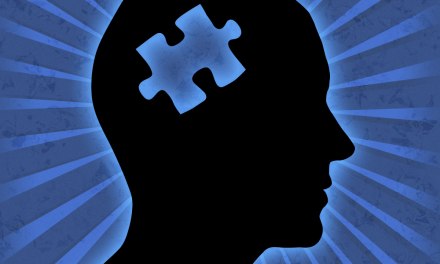I recall the very first time, as a student, that I heard a psychiatrist describe a patient as ‘a classic borderline.” “Borderline what?” I asked the nurse sitting beside me in Grand Rounds.
“It doesn’t matter,” she whispered. “It’s just a term they use.”
As things turned out, it does matter. According to Encyclopedia Britannica, “The diagnosis of BPD has been and remains a subject of intense debate.” No kidding.
Two of the best practitioners I know decline to make the diagnosis of BPD except in the most obvious of cases. One objects on the grounds that the criteria for BPD are way too broad and lack validity (a common criticism of personality disorders). The other explains that in his experience, BPD is just too heavily stigmatized. “I just can’t see hanging that label around someone’s neck when there are plenty of other diagnoses I could use instead that cover the same behaviors,” he insists.
There’s even debate around the wisdom of letting the patient themselves know they suffer from BPD. That seems to be changing, though. “There’s never any reason to withhold your honest impression, based in evidence, from the patient. Provided you explain it adequately,” argues another expert.
What is BPD? The term was invented in the 1930’s to describe someone prone to becoming psychotic or severely disturbed under stress, but who otherwise was capable of functioning normally. I think most people in mental health circles have met at least a few such individuals in the course of their work. Those who work in crisis centers and emergency facilities in particular. Signs and symptoms include:
- Problems managing anger
- Distorted self-concept, deep-seated feelings of insecurity
- Impulsiveness and risk-taking
- Paranoia and feelings of dissociation under stress
- Extreme mood swings
- Suicidal or self-harming behaviors
It’s the last on the list that clinicians have relied on heavily in the past to make the diagnosis. That may also be at the root of much of the stigma BPD has carried in the world of mental health professionals. Suicide threats or attempts and self-harming behaviors such as cutting and burning can put a great deal of stress on those around the person– family members, of course, but also emergency personnel and hospital staff. “It can feel like it’s just one crisis after another,” complained an ER nurse. “You patch them up, and next month they’re back again. Same individual, same problem, another crisis.”
Sound familiar? We’ve discussed BPD before. It’s not too far from the complaints we hear from ER staff about alcohol and drug users stuck in a relapse pattern.
For many decades, BPD was regarded by many mental health professionals as simply untreatable. That’s changed with more modern approaches. Marsha Linehan’s work led directly to changes in the way we respond to threats of suicide and self-harm (for one thing, we realized we were making it worse by overreacting). Schema Therapy, based in CBT but borrowing from other therapies as well, has been found effective in changing longstanding behavior patterns.
Treating BPD remains challenging. But the outlook, in terms of evidence-based practice, is improving at last.
One thing to note: I recently came across research suggesting that only about half of patients with BPD exhibit the self-harming and suicidal behaviors relied on to make the diagnosis. The other half apparently do not, but otherwise fit the profile in multiple respects.
Something to think about.













